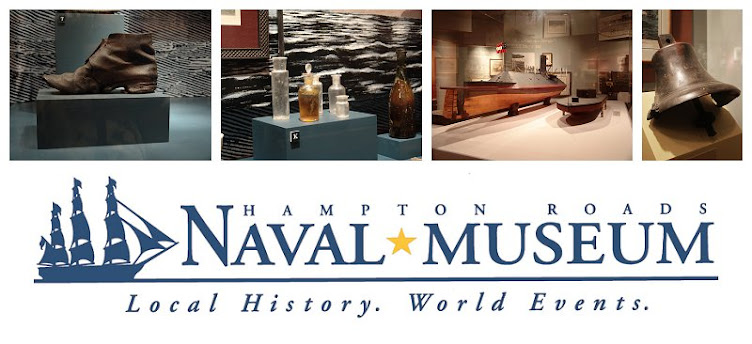
This is a picture of sailors calling their home run shots on the fantail of the battleship USS New Jersey (BB-12) in 1908 during the cruise of the Great White Fleet. These sailors were not just hitting the ball around to alleviate boredom; bragging rights were on the line.
 |
| Fleet teams land at Magdalena Bay, Mexico |
When the U.S. Battle Fleet set sail around the world, the voyage was as much about training and fleet readiness as it was a political statement. This training included several competitions between ships, namely marksmanship competitions with the ships' big guns. Equally fierce in competition were the sporting events. Each battleship had its own football, rowing, and baseball teams. To make it more interesting, the Navy set aside a cash prize of $1,200 and a gold trophy for the winning team in each event.
| Teams from the armored cruisers USS Washington (ACR-11)
and Tennessee (ACR-10) play a game at Magdalena Bay.
(Image from greatwhitefleet.info)
|
According to one account, the sailors acted with the greatest sportsmanship during the baseball games. The account stated that one would never hear the words "kill the umpire," as was sometimes heard during a professional baseball game back home. This was no doubt due to the fact that the umpires happened to be the sailors' division officers.
The teams competed throughout the cruise, including exhibition matches in Australia. Some Australians had taken quite a liking to the American game and fielded a few teams against the Fleet's teams. They were actually quite good. In one game, the team from New South Wales defeated USS Missouri's (BB-11) team 8-0.
The Fleet baseball tournament ended with a "world series" taking place in Colombo, Ceylon (now Sri Lanka). New Jersey's team took on USS Nebraska (BB-14), with Nebraska winning 22-10. Given that the teams did not have a very deep bench (teams had only about three to four reserve players), it is evident that the pitchers' arms for each team must have been spent by the time the Fleet arrived in Colombo.
 |
| USS Nebraska's baseball team--winners of the Great White Fleet around-the-world baseball tournament. |







